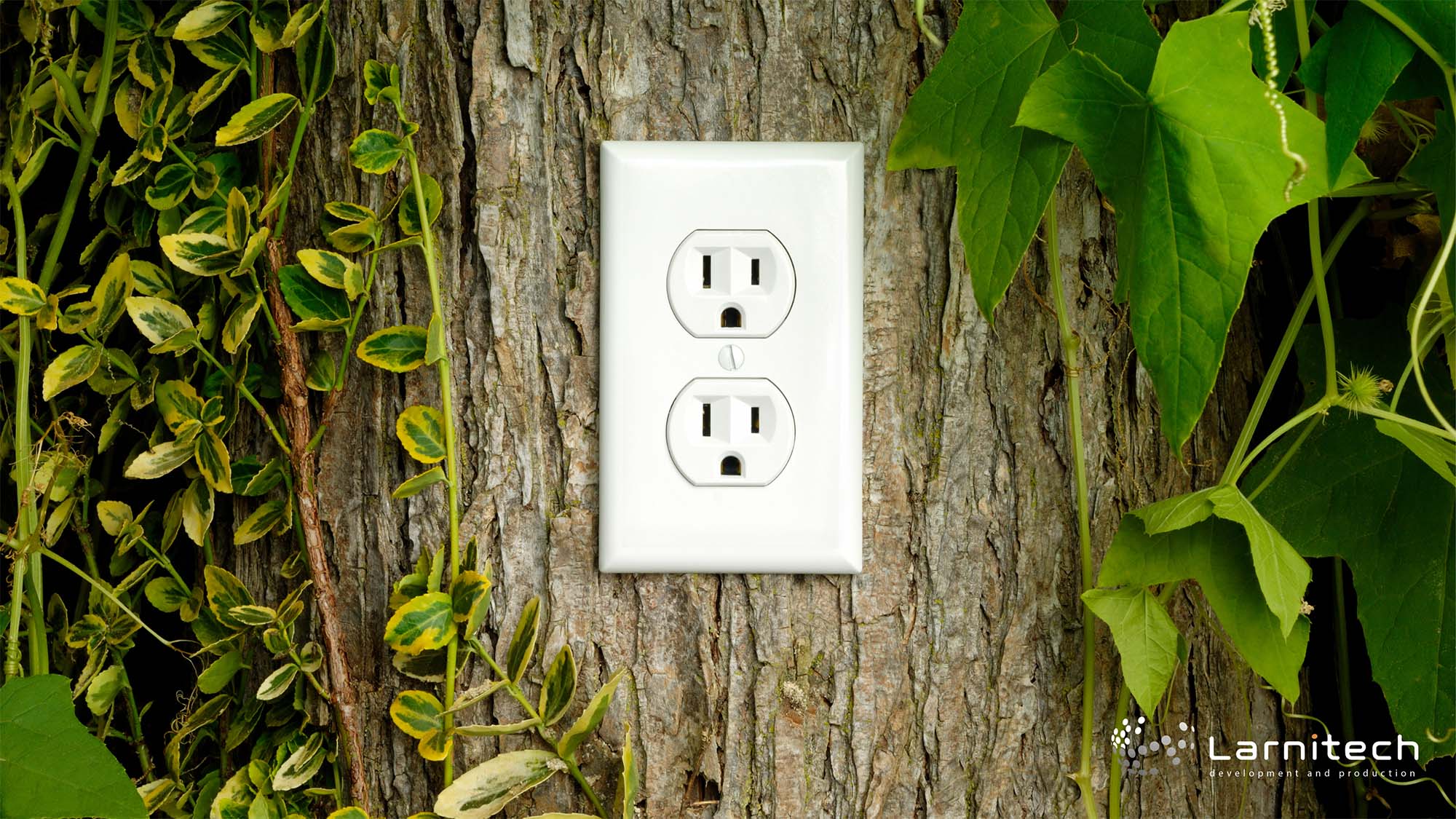Today, almost everyone is thinking about how to reduce utility bills and increase energy efficiency. And this is not surprising, because natural resources are gradually drying up, and the price of electricity and blue fuel is growing every year. And this trend is unlikely to change.
When we talk about energy efficiency, we should not forget about environmental issues and global warming. The more efficiently we consume energy, the more chances we have to save our planet from destruction. Moreover, in many countries environmentally conscious governments are tending to reduce and even set obligatory limits on energy consumption.

The installation of a Smart Home system is an optimal solution that provides rational use of energy resources, additional comfort and safety. Such systems are based on the goal of optimizing energy consumption as much as possible by automating all processes and strictly controlling consumption.
The system also monitors the operation of solar and wind systems if alternative energy sources are installed in your home.
How does a smart home system help save energy?
The owners of apartments and private houses confirm that the average monthly savings on energy resources are up to 30% less with a Smart Home system. To achieve such a high level allows an integrated approach that covers almost all components of the functioning of the house.
Heating automation
In the first place, significant energy savings are achieved through the rational use of heating. The Smart Home system distributes resources in such a way as to provide and maintain the required temperature as quickly as possible and at minimal cost.
The owner just has to choose the desired mode in the Larnitech App and then the system will decide: where to activate heating or in which room it is better to turn on the underfloor heating or air conditioner. Microclimate system also allows you to set and maintain a different temperature in each separate room.
Let’s see how it works in practice:
Work on schedule. You give the system some input data about your schedule. For example, every morning you wake up at 7 and return home after 20:00. What will the system do? At night, it will lower the temperature, and in the morning, half an hour before you wake up, it will raise it back to a comfortable level. When you are not at home, the temperature will drop again, and rise 40 minutes before you return.
Manual mode. You return home from work and increase the temperature in the house by pressing one button right on your phone. The same way you can lower it when no one is at home. You can control each element of the system separately: turn on/off air conditioners, fan coil units, radiators, underfloor heating, change air humidity, control air freshness (CO2 level), etc.
Control of lighting and electrical appliances
Thanks to motion sensors, the Smart Home system controls the presence of people in a room and automatically turns off the light when no one is there. Probably, everyone was facing a situation when, after returning from work, you discovered that you had forgotten to turn off the light in a certain room, and the energy was just wasting in vain. With modern control systems, such problems will not arise. Moreover, you can additionally connect control over sockets, which will allow you to remotely turn off the TV, audio system or even iron. This will not only reduce the performance of the meters, but also protect the house from fires and short circuits.
Gas and water meters
The dispatching system of a Smart Home system will control the consumption of water and gas, as well as generate an accurate report on energy efficiency. You will be able to see where the excessive consumption of resources is happening so that you can reduce it further. You can also set limits in the system that will not let you spend more than needed. The system will automatically alert you if the set threshold is exceeded.
Leak sensors and a CO2 level sensor will automatically shut off the water and gas supply if a leakage occurs. This will not only protect you from floods and fires, but also prevent a huge waste of resources.
Heat loss prevention
Windows are one of the most vulnerable elements of a house in terms of heat loss. Even windows made according to the most modern technologies are cold bridges through which heat escapes from the house. The Smart Home system connects to external roller blinds and automatically closes them at night or when owners are not at home. This will inevitably lead to a reduction in heat loss, and, accordingly, savings on heating.
And even when there are not enough resources at all, which is especially relevant now, the system will choose from the proposed options the most optimal and energy-efficient way to maintain heat in your homes!
Larnitech – quality and experience
Larnitech is a German company that has been developing and manufacturing Smart Home systems for many years. We guarantee the high quality and reliability of all system components that we make on our full cycle production in Freudenberg. By choosing the products of our company, you are investing in modern systems that will provide you with comfort, safety and savings on energy resources consumption!